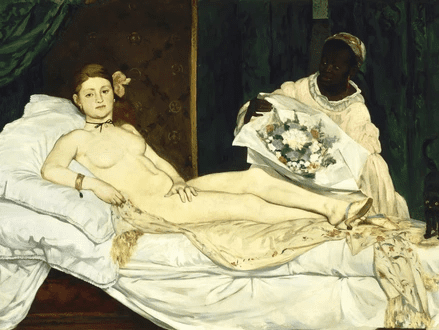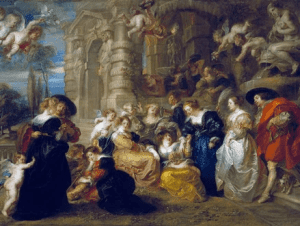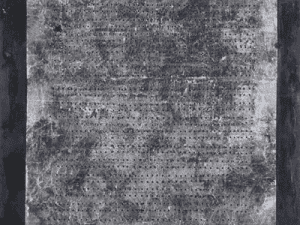Title of Artwork: “Olympia”

Artwork by Edouard Manet
Year Created 1863
Summary of Olympia
The bourgeois observer is confronted with a hidden, but well-known, reality by Manet’s Olympia, which depicts a lower-class prostitute. The 1865 Salon was stunned by its daring nature. Despite Olympia’s homage to Titan’s Venus of Urbino (1538) and Goya’s Maja Desnuda (1799-1800), her image of a lady unafraid of her body falls squarely within the “boudoir” genre. Baudelaire’s renowned collection of poetry, Les Fleurs du Mal, is often believed to be the inspiration for Olympia (1857). For example, Manet included a black cat, a Baudelarian sign of heightened libido and prostitution, in his work.
All About Olympia
Olympia’s nakedness and the presence of her fully dressed maid did not startle contemporary spectators, but rather her confrontational glare and a multitude of elements identifying her as a prostitute or demimondaine. As a sign of riches and sensuality are her orchid-adorned tresses, her bracelet of pearls and the oriental blanket on which she sleeps. The contrast between her pale skin and the black ribbon around her neck and the cast-off shoe accentuates the sensuous vibe. In the 1860s, “Olympia” was a common moniker for prostitutes in Paris.
The picture is based on the Venus of Urbino by Titian (1538). Unlike Titian’s Venus, Olympia’s left hand is curled and looks to obstruct, which has been understood as a sign of her sexual independence from men and her job as a prostitute, giving or withholding access to her body in exchange for money. In Titian’s artwork, Manet substituted the tiny dog (a sign of loyalty) with a black cat (a symbol of prostitution). Olympia treats her servant’s flowers, which were undoubtedly a gift from a customer, with contempt. As her customer bursts in uninvited, some have speculated that she is glancing toward the door.
The painting’s style is defined by wide, fast brushstrokes, studio lighting that removes mid-tones, huge colour surfaces, and shallow depths. Olympia’s nakedness is accentuated by the harsh sunlight, unlike the smooth idealised nude of Alexandre Cabanel’s La naissance de Vénus, also painted in 1863. For a painting of this kind, the canvas measures 51.4 by 74.8 inches, which is a little on the big side. The magnitude of the picture, as well as other features, sparked astonishment among the audience members. As a final point, Olympia is a little underweight by today’s standards, and her underdeveloped physique lends her a girlish appearance. Slimness, according to Charles Baudelaire, was more degrading to him than fatness.
Victorine Meurent, the model for Olympia, went on to become a talented artist in her own right after starring in the spotlight of the painting.
Titian’s Venus of Urbino and Giorgione’s Sleeping Venus served as inspiration for this work. In 1897, art historian Léonce Bénédite was the first to clearly recognise the Venus of Urbino’s resemblance to the Venus of Pompeii. La Maja Desnuda, by Francisco Goya, has some resemblance to this work.
Information Citations
En.wikipedia.org, https://en.wikipedia.org/.
Recommend0 recommendationsPublished in Artworks






Responses